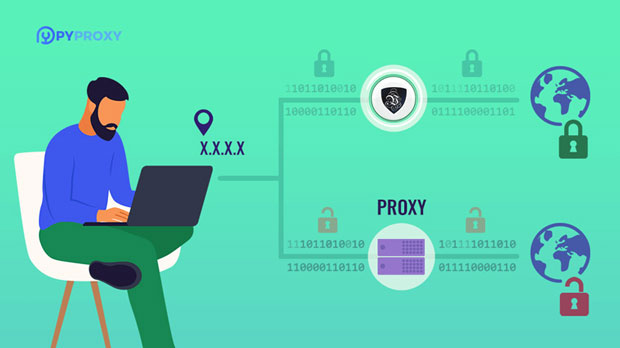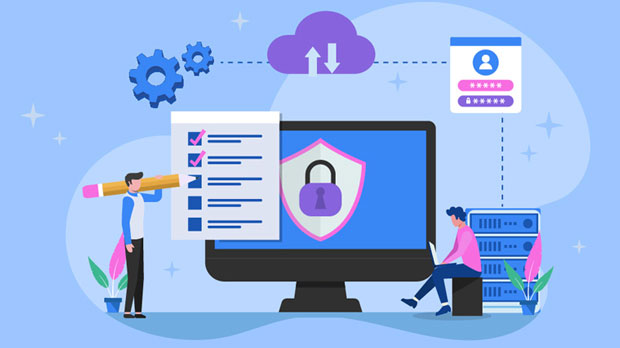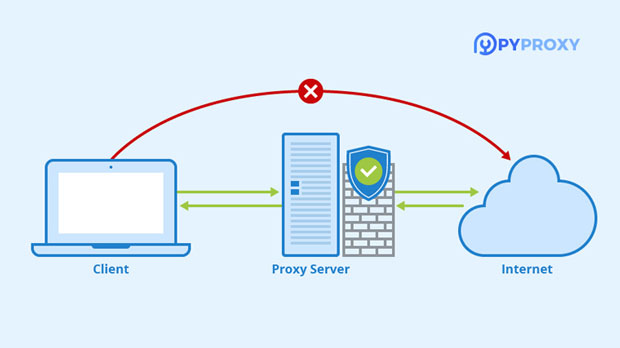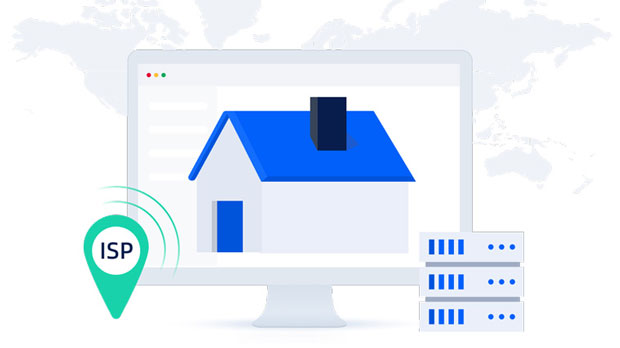What is the difference between SOCKS5 agents and SOCKS4 proxies?
SOCKS5 and SOCKS4 proxies are both widely used in internet networking for routing traffic through intermediary servers, helping users achieve anonymity, bypass restrictions, or improve security. While both serve similar purposes, the key differences between SOCKS5 and SOCKS4 proxies lie in their functionality, security features, and versatility. SOCKS5 is a more advanced version of SOCKS4, offering greater flexibility and support for modern protocols, including UDP (User Datagram Protocol), which SOCKS4 lacks. Additionally, SOCKS5 supports enhanced authentication methods, providing more robust security for users. Understanding these differences is crucial for selecting the right proxy type based on specific needs, whether for personal privacy, business purposes, or improving connection reliability. Introduction to SOCKS ProxiesSOCKS (Socket Secure) proxies have been around for many years and are designed to route network packets between clients and servers through an intermediary server. These proxies function at a lower level than traditional HTTP proxies, meaning they can handle all types of internet traffic (including emails, FTP, and peer-to-peer applications). SOCKS proxies primarily help users bypass censorship, hide their IP addresses, and enhance security by encrypting data traffic between clients and servers.There are two main versions of SOCKS proxies: SOCKS4 and SOCKS5. SOCKS4 was introduced in the early 1990s, while SOCKS5 came later, in 1996, bringing improvements over the earlier version. Both protocols work in similar ways, but as technology and the internet landscape have evolved, so too have the requirements for more advanced features, which is where SOCKS5 shines.SOCKS4 Proxy: Limitations and FeaturesSOCKS4 proxies were one of the earliest solutions for facilitating internet traffic routing, designed to support TCP (Transmission Control Protocol) traffic. This means SOCKS4 can only handle connection-based protocols like HTTP and FTP, making it less versatile than its successor. One of the biggest limitations of SOCKS4 is that it does not support UDP, which is essential for real-time applications such as VoIP (Voice over IP), online gaming, and streaming services.Another key limitation is that SOCKS4 provides no native authentication methods. While the client can be configured to bypass authentication altogether, this lack of an authentication mechanism leaves users more vulnerable to security risks. Additionally, SOCKS4 does not provide any form of encryption, meaning data is transmitted without being securely encrypted, making it susceptible to interception and man-in-the-middle attacks. socks5 proxy: Enhanced Security and VersatilitySOCKS5 was designed to overcome the limitations of SOCKS4, making it more suitable for modern internet use. One of the most significant advancements in SOCKS5 is its support for both TCP and UDP protocols. This enables SOCKS5 to handle a wider variety of internet traffic, including real-time applications like video streaming, gaming, and VoIP services, which require low latency and high reliability.Security is another key area where SOCKS5 excels. Unlike SOCKS4, SOCKS5 includes robust authentication methods, allowing clients to authenticate with the proxy server using different protocols (e.g., username/password or public-key authentication). This added layer of security ensures that only authorized users can connect to the proxy, reducing the risk of unauthorized access and misuse.In addition, SOCKS5 supports better data encryption, which protects users’ traffic from being intercepted by third parties. While the protocol itself does not encrypt traffic by default, it allows users to implement additional encryption measures, such as SSL/TLS encryption, for added protection. This makes SOCKS5 more suitable for users who prioritize privacy and security.Key Differences Between SOCKS5 and SOCKS41. Protocol Support: - SOCKS4 only supports TCP connections, limiting its compatibility to protocols like HTTP and FTP. - SOCKS5 supports both TCP and UDP, enabling it to handle more diverse traffic, including real-time applications such as VoIP and video streaming.2. Authentication Methods: - SOCKS4 lacks built-in authentication features, meaning that anyone can use the proxy server without any form of verification. - SOCKS5 offers enhanced authentication options, including username/password and public-key methods, which help ensure that only authorized users can access the proxy server.3. Security: - SOCKS4 does not provide encryption, leaving data vulnerable to interception. - SOCKS5 allows for additional encryption, making it a more secure option for users who want to protect their traffic from third-party surveillance.4. Performance: - While both SOCKS4 and SOCKS5 provide fast connections, SOCKS5 is generally more reliable due to its support for UDP, which ensures better performance in real-time communication scenarios.5. Flexibility: - SOCKS4 is less flexible, as it only supports certain types of traffic and lacks advanced features. - SOCKS5 is more versatile, supporting a broader range of applications and offering more customization options for users.Use Cases for SOCKS4 and SOCKS5Both SOCKS4 and socks5 proxies are useful in different scenarios, depending on the user’s needs.- SOCKS4 Proxy Use Cases: - SOCKS4 proxies can still be useful for users who need basic anonymity or to bypass simple geographical restrictions. - It is a good choice for applications that require a straightforward TCP connection, such as web browsing or file transfers, where advanced features like real-time communication or encryption are not essential. - SOCKS5 Proxy Use Cases: - SOCKS5 is better suited for more demanding applications, such as real-time online gaming, streaming, and VoIP, where low latency and support for UDP are necessary. - It is also the preferred choice for users who are concerned about privacy and security, as SOCKS5 supports strong authentication and encryption options.ConclusionIn conclusion, while both SOCKS4 and SOCKS5 proxies offer a reliable way to route internet traffic, SOCKS5 is the clear winner in terms of security, flexibility, and performance. SOCKS5 supports both TCP and UDP protocols, making it a better choice for modern applications. Its enhanced authentication and encryption capabilities ensure greater privacy and security, making it ideal for users who need more advanced features. However, SOCKS4 may still be sufficient for users with basic needs, such as simple web browsing or bypassing content restrictions, where security and protocol versatility are not top priorities.Understanding the differences between SOCKS4 and SOCKS5 allows users to make an informed decision based on their specific use cases, ensuring they select the right proxy type to suit their needs. Whether for privacy, security, or enhanced performance, SOCKS5 is generally the better option for users seeking a comprehensive solution for a wide range of online activities.
2025-01-15

























































